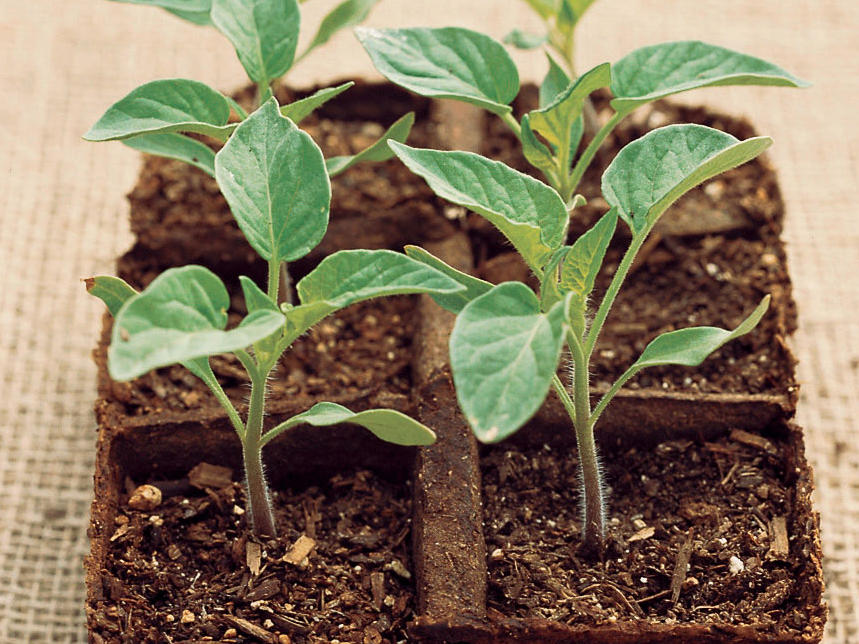
Planting vegetables

Thomas J. Story
Before actually digging your plot, draw a rough plan on paper. Be sure to place tall vegetables to the north, so they won’t shade short ones. Get some garden design ideas here.
Start with careful soil preparation; you’ll be repaid with faster growth and a substantially larger harvest. Remove any weeds from the plot and spread the soil with a 3- to 4-inch layer of compost or well-rotted manure.
If you’re planting a wide bed, scatter a complete fertilizer over the area, following package directions for amounts; if you’re planting in rows, apply fertilizer in furrows alongside the rows after planting. Work in amendments and fertilizer by hand or with a rototiller; then rake the area smooth.
